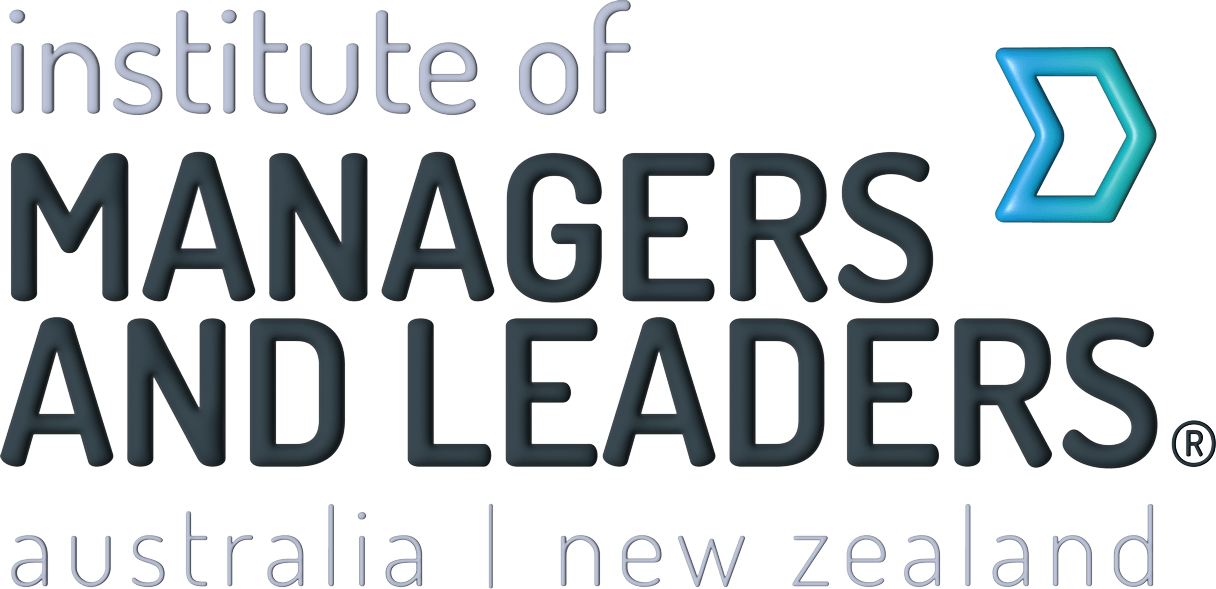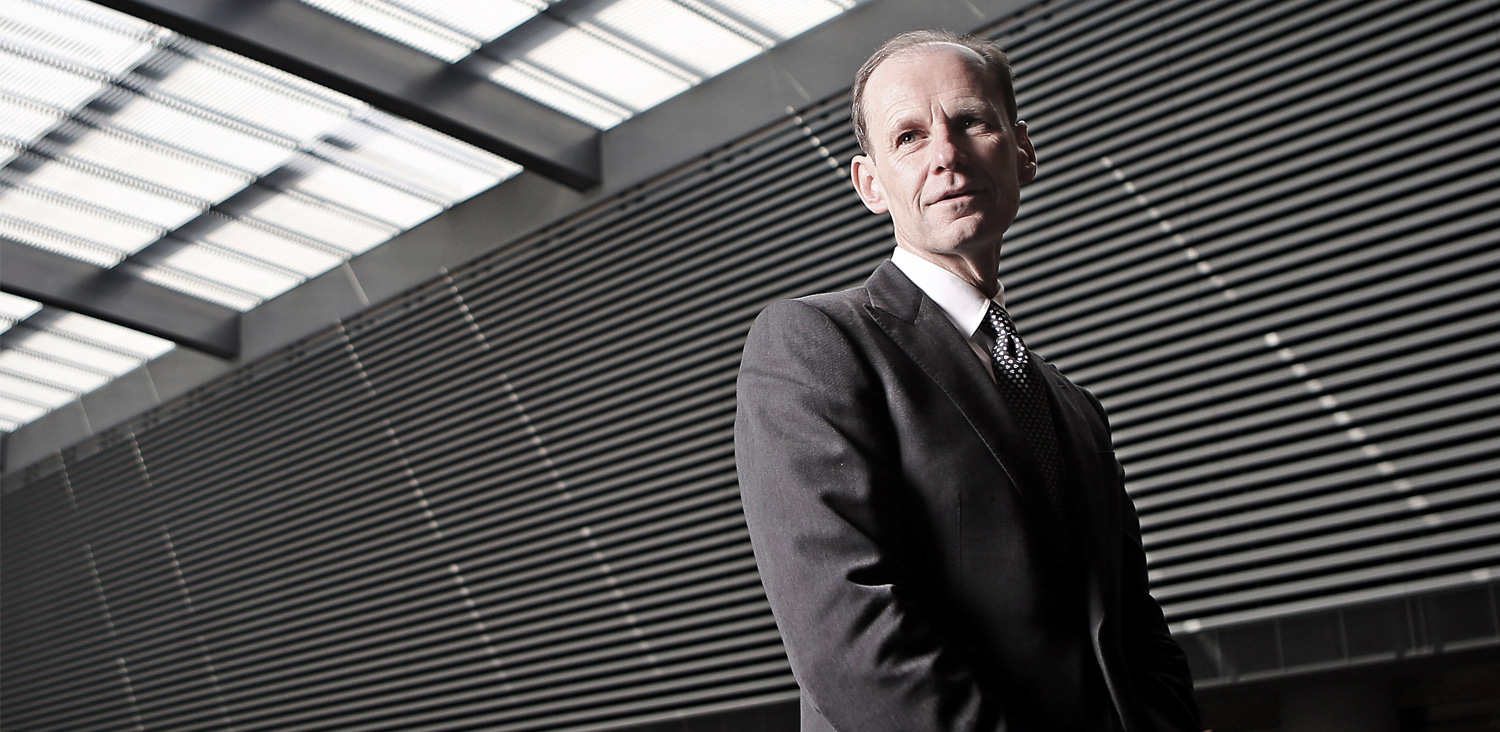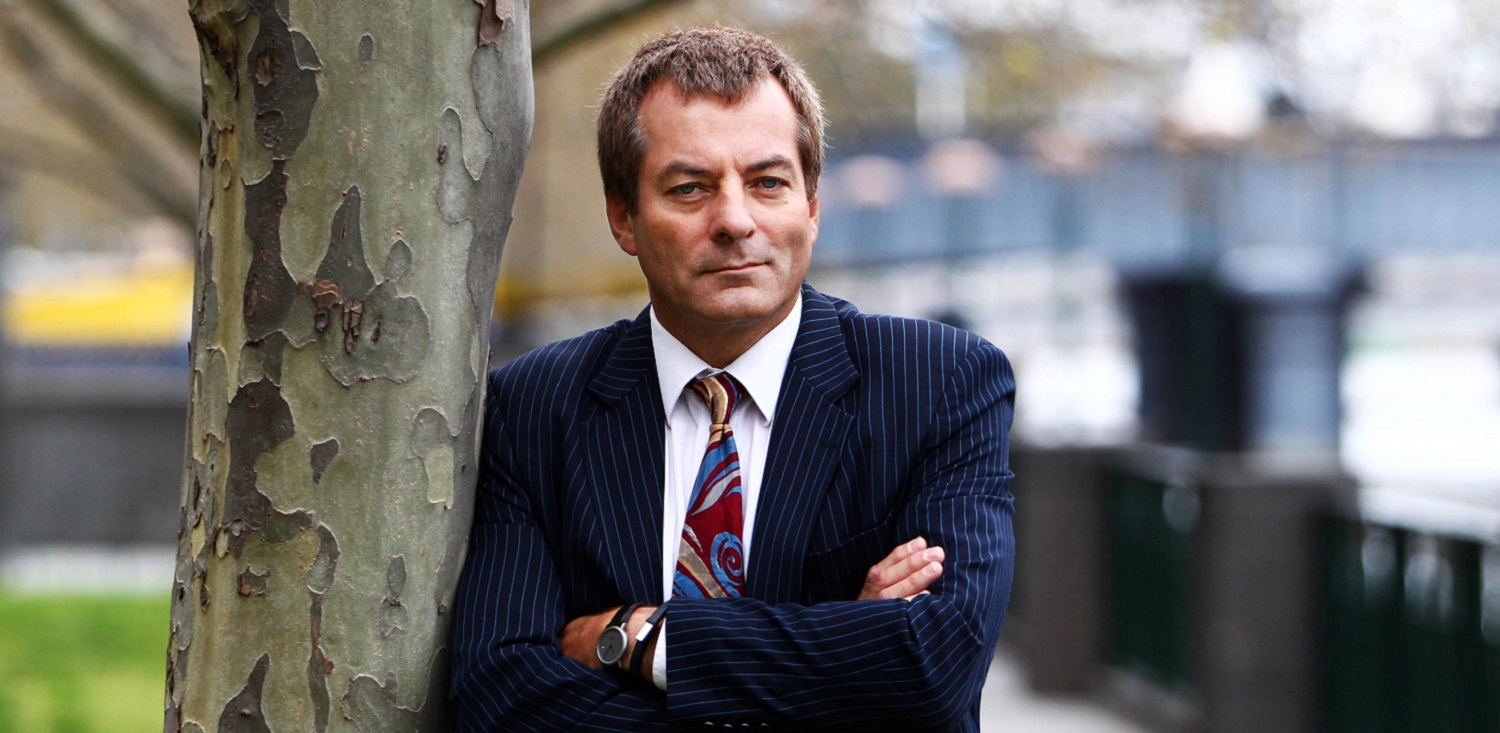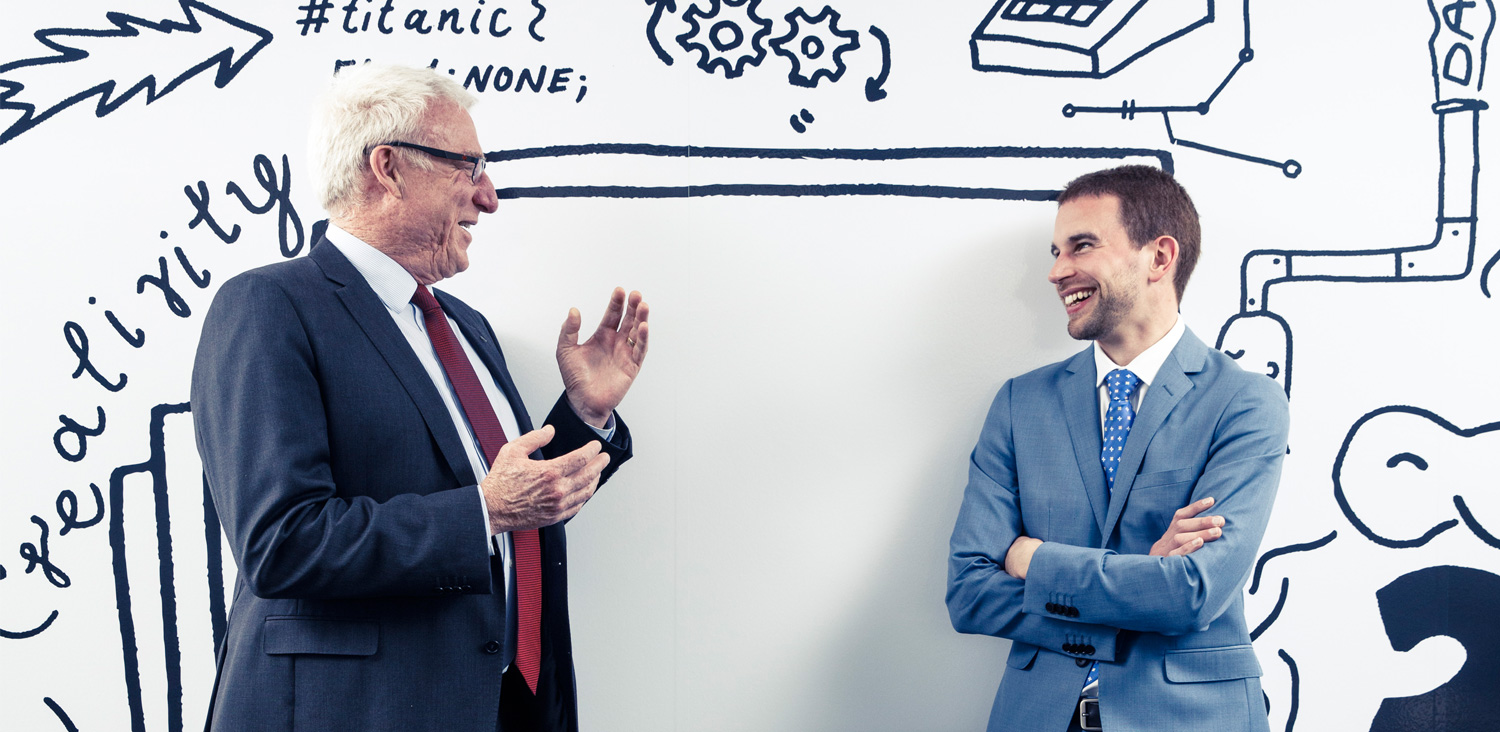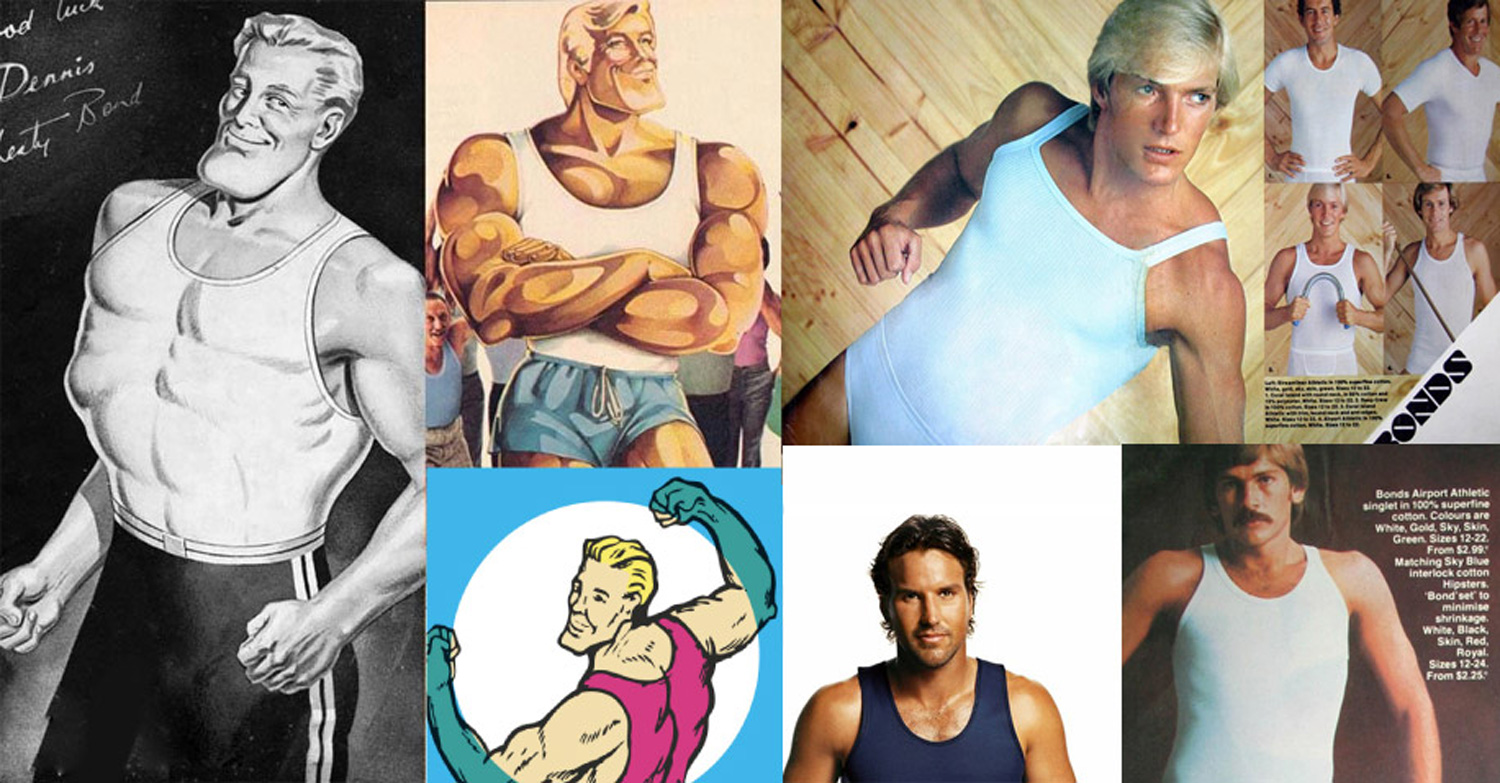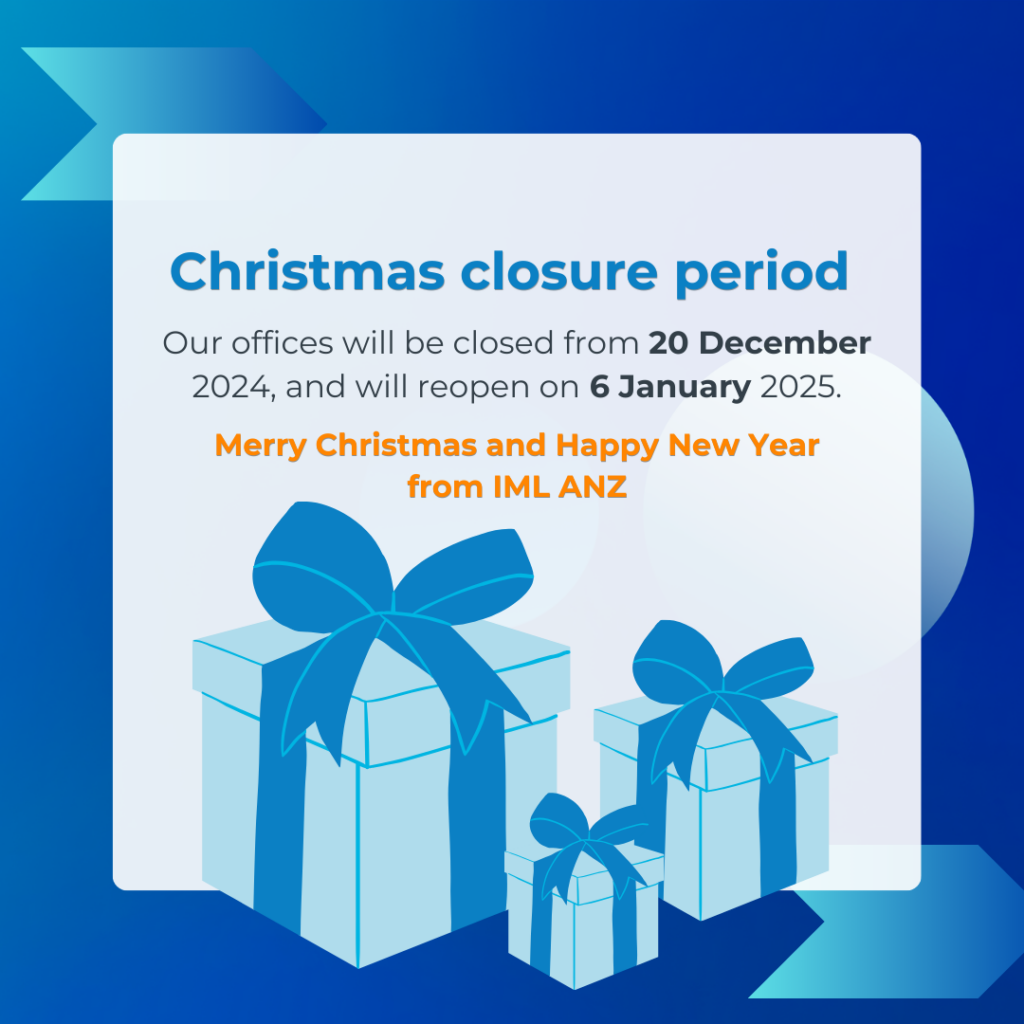What makes Shayne Elliott and his trusted team tick?
The ANZ boss tells all
Self-acknowledged introvert Shayne Elliott seems one of the least likely big-bank chiefs, but his career has followed a path that is familiar to his fellow bankers. The ANZ CEO is a bank ‘lifer’, joining Citibank New Zealand as a management trainee in 1985. Within seven years he was the head of derivative sales in London. And after spells in the US and Egypt, he found himself in Australia in 2001, as the chief executive of Citibank, Corporate Bank. In 2009, he joined ANZ, becoming CFO in 2012. And in early 2016, he was appointed to the top spot at ANZ, where he leads a team of about 50,000 employees. CEO of the Institute of Managers and Leaders, David Pich, interviewed Shayne Elliott at a recent Outstanding Leaders event.
David Pich: How would you describe your own leadership style?
Shayne Elliott: Well, I think I’m probably an introvert. I’m actually quite shy although, funnily enough, I’m actually reasonably comfortable speaking to 500 people. I’d probably rather do that than speak to two, because there’s more distance when you’re speaking to a room [of people]. When I was CFO my team made fun of me – it was suggested that I do performance appraisals in a 500-seat auditorium, [as] that was a much more engaging conversation than having a one-on-one [with me]. I think there is a shift away from that big, charismatic, loud leadership style to one that is probably – and again, I’m not saying that’s wrong – to a more grounded, humble leader. I think good leaders are able to shift. Sometimes you do need to be really directive about what you’re doing, depending on what the crisis might be at the time, or the team. But at other times you need to be more visionary. So I think, actually, good leaders are able to change their style for the moment and the objective. But in general, my preferred style is to be quite consultative. I lead more by example and by describing what we’re trying to achieve.
DP: Talk us through some of the different styles in your leadership team, and how you interact with them.
SE: Over the last 18 months I had the opportunity to build my team. There are 12 of us on my direct team, and of that, a third came from outside the organisation, including two of them this calendar year. We have a couple of people we’ve promoted from within, and only one of the team has the same job they had a year ago. So I’ve got people who’ve been around a long time and really know what they’re doing, who don’t need a lot of hand holding or direction, and it’s more about just being clear about expectations. Then I’ve got some people who have never worked in a bank before so they need a lot more coaching and time. I have people with big opinions, and they think differently and challenge us all the time, and my job there is to actually give them space to be creative and listen to what they say. And then there are others who are naturally reserved, who need time, who digest a lot and are really thoughtful and quiet, and take time to come to a conclusion. I need to give them time and space, and not rush them, or rush the overall team to a decision without allowing them the benefit of that time to digest.
DP: There is an elephant in the room we need to get to: the bank levy. [Announced in the federal budget in May, it applies to ANZ, Westpac, National Australia Bank, Commonwealth and Macquarie. The policy was introduced on 1 July and is expected to raise $1.6 billion in the first year.] I’ve read much of what you said about the federal bank levy, and you seemed relatively fair about how you approached that. Your comments were very measured. The South Australian bank levy, when it was announced, raised some hackles. You’ve just used the word “immoral”. Or was it “unethical”? Would you like to explain that, and why you shot off the fence?
SE: I think the federal bank levy is wrong. I don’t think it’s good policy. I think it’s unfair to pick on an industry because they’re successful and say, “because people don’t like you, because you make a lot of money, we’ll tax it”. I don’t think that’s right. But, on the other hand, it has the support of all sides of politics. The people are represented by the parliament, and the parliament, across all parties, have agreed and support this. And so, our approach was to use our efforts to really have private conversations with the treasury and the government, to just talk through the implementation. We thought that was more effective than just banging the table. Actually, in my opinion, banging the table and shouting loudly would just reinforce people’s views that the banks are out of touch. Bringing in the state levy is different. Not everybody agrees with it. What is happening there is a wealth transfer underway from the rest of Australia to South Australia. I don’t think that’s right. And so what we said was, 94 per cent of our shareholders and customers do not live in South Australia [yet] they are being asked to absorb this. Because when people say, “Oh, you should absorb it,” that means the shareholders and the customers pay. It’s not a huge number. It’s not the money. It’s the principle. So we have to stand up for those stakeholders. That’s why we felt strongly about it, and felt we had to say something.
DP: One of the roles of a leader is to explain things in relatively simple terms for those who might not necessarily understand it. What do you think a few attributes of successful leaders are?
SE: Being able to listen and take feedback. I don’t just mean personal feedback. Yes, that’s important, but also ‘listen’ to what’s happening in the environment around you. One of the areas where leaders fail is in locking into a strategy or a view. The worst thing you can do is fall in love with your own strategy, because you rationalise staying the course when maybe you should listen and maybe you should change. Another [attribute of successful leaders] is having people who are very good at being self-aware, who understand their own weaknesses and mitigate that by hiring the right people in the team.
DP: Who are the leaders you have admired over your career?
SE: I’m not one of those people who has a big hero. I look at companies that I admire, and they tend to be those companies that I see as being talent factories. The obvious candidates are Procter & Gamble, GE and Hewlett-Packard. You could go there and learn how to be a manager and leader, and then go on to other companies. That’s extraordinary. The number of CEOs who’ve come out of those companies, Procter & Gamble and GE in particular, is extraordinary. At ANZ we want to be known for a number of things, but one of them is as a talent factory, and a company that creates great leaders. I think it’s a huge opportunity for us, actually, because I don’t think enough companies do pay attention to it.

DP: Quite often I think that leaders, when they get into leadership positions, they forget or they overlook the importance of managing upwards. What’s your relationship like with the ANZ board and the chair David Gonski? How do you manage upwards?
SE: I think, unfortunately, that term ‘managing upwards’ has a really bad connotation. It sounds manipulative. And maybe there’s a better way of stating it. [As a leader] you actually have to manage all your stakeholders, and they’re [the board and chair] just an important one. The reason I stepped out earlier [during the interview] was because my chairman was on the phone. So I think answering their phone calls is a good start. You have to build a really strong working relationship. I’m really lucky with David [Gonski]. He is very open and transparent. He always answers his phone. We speak formally once a week. And there are weeks where we speak once a day and many times a day, like this week. So I think it’s just about having openness. I have really worked hard with my board. I’ve actually never had a board before [so] I asked some people for advice. The advice was that it’s better to over-communicate, keep people aware of what you’re doing and thinking. Make sure that, with the board in particular that you don’t get into a transactional relationship. [Make sure] there is time for reflection and discussion, and open dialogue.
“I’m really lucky with David Gonski. He is very open and transparent. I think it’s just about having openness. I have really worked hard with my board.”
DP: You’ve talked about the importance of embracing social media. What do you see as the pitfalls of social media for leaders?
SE: Our business is digital. Money has actually been digital for a long time and all we’re doing today, when we talk about digital, is giving people the tools to be able to see , manage and move their money on their phones or in another digital way. So I think it’s important that our people are interested in technology. We’re not a technology company, we’re a bank. But a big chunk of what we do is about technology. You cannot be successful in banking today if you’re not interested in technology. I don’t think it’s acceptable to be a senior executive in a bank today and say, “I’m not on Twitter. I don’t use social media”. You’ve got to be there, because that’s the way that people live today, and that gives you all sorts of insights into people’s experience of life, and what they want. And more and more, our customers’ expectations of us are set by their experiences on social media. What are the pitfalls? Well, Donald Trump can probably tell you more about this than me, but the pitfalls are that it’s in real time. It’s really hard to retract. It’s fraught with danger.
DP: How would you describe the culture at ANZ?
SE: It’s a learning culture, a culture that is interested in technology, and a culture that is, ultimately, diverse and welcoming and team-based. Banks historically have very compliant cultures. There’s a pretty good reason for that, because of what we do for a living. We’re good at following rules and, you know, that can sometimes get in the way of being a learning company and an innovative and technology-focused company. So that’s part of our challenge, getting the balance right.
